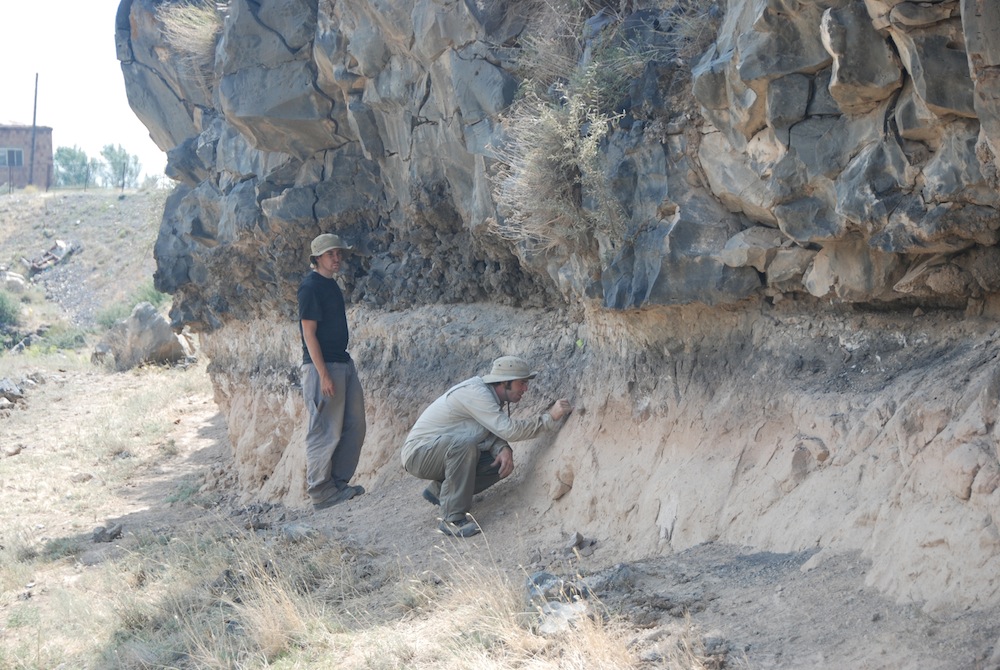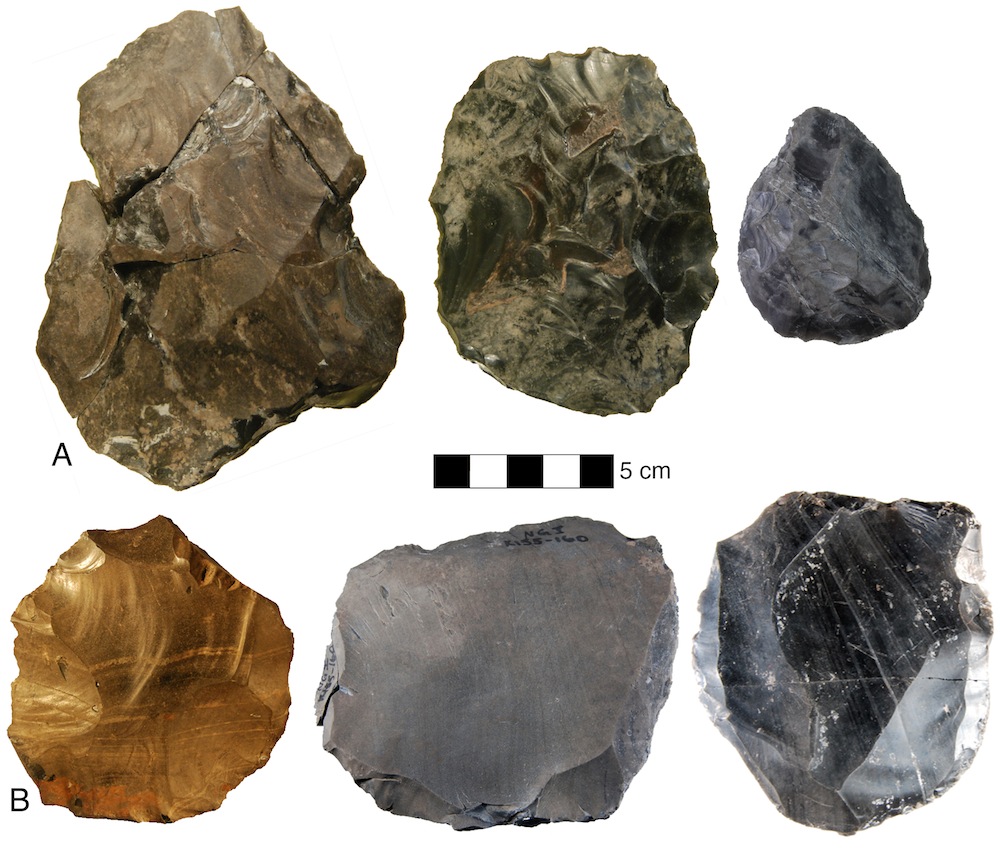Ancient Stone Toolmaking Didn't Just Spread Out of Africa with Humans

An advanced way of crafting stone tools, once thought to have only originated in Africa, may have been invented elsewhere independently, according to a new study. The finding provides evidence that this ancient technology did not spread across the world solely as a result of humanity's exodus from Africa, researchers say.
Between 200,000 to 300,000 years ago in Eurasia and in Africa, ancient humans developed a sophisticated kind of stone tool production method known as Levallois technology, named after the site where it was first discovered in France. Levallois technology involves knocking stone flakes of specific sizes and shapes off a lump of stone, called a core.
The resulting flakes, with all of their edges sharpened by the earlier trimming work, are refined into knives or other tools, relatively small items that would have been easy to carry — an important consideration for the highly mobile hunter-gatherers of the time. [See photos of the ancient stone artifacts]
Before Levallois technology, early humans used a different approach called bifacial technology, where a mass of stone is shaped through the removal of flakes from a rock in order to produce a tool such as a hand axe, and most of the flakes are discarded. Archaeologists suggest that Levallois technology was more economical because fewer raw materials were wasted in the process.
Researchers have argued that Levallois technology was invented in Africa, and that this innovation eventually spread to Eurasia with the exodus of humans from Africa. As a result, this new way of building stone tools would have replaced local bifacial technologies. However, investigators have now found the earliest known use of Levallois technology in Eurasia. The discovery serves as the first clear evidence that Levallois technology arose independently outside of Africa.
Scientists investigated nearly 3,000 stone artifacts excavated from an archaeological site in Armenia known as Nor Geghi 1, or NG1. In the 1990s, the Armenian military had bulldozed a road from the group's base, exposing the artifacts, which the archaeologists discovered in 2008.

The site was preserved between two lava flows that date back 200,000 and 400,000 years ago. Analysis of the sediments and volcanic ash found between the lava flows suggests that the artifacts were between 325,000 and 335,00 years old. Back then, the area was "a floodplain, a beautiful, open vegetated landscape," with a continental climate similar to today's, said lead study author Daniel Adler, a Paleolithic archaeologist at the University of Connecticut in Storrs.
Sign up for the Live Science daily newsletter now
Get the world’s most fascinating discoveries delivered straight to your inbox.
The stone artifacts, which were made from the volcanic rock obsidian, revealed that people there used both bifacial and Levallois technology at the same time, the earliest evidence of the coexistence of these technologies. The populations there apparently gradually developed Levallois technology out of bifacial technology, the researchers said.
This finding reveals that this technological innovation occurred intermittently throughout the Old World, rather than spreading from a single point of origin, as was previously thought. This highlights the antiquity of the human capacity for innovation, the researchers said.
"Technological innovation was something that our ancestors were very good at," Adler told Live Science.
In addition, chemical analysis of more than 300 obsidian artifacts revealed that humans at the site gathered materials from rocky outcrops as far away as 75 miles (120 kilometers). This suggests that they must have been capable of exploiting large, environmentally diverse territories, according to the researchers.
It remains uncertain who produced these artifacts, but they predate the emergence of modern humans about 200,000 years ago in Africa. Modern humanswere not the only human lineages to walk the Earth — other, so-called archaic humans once lived in Africa and Eurasia.
The scientists detailed their findings in the Sept. 26 issue of the journal Science.
Follow us @livescience, Facebook & Google+. Original article on Live Science.










